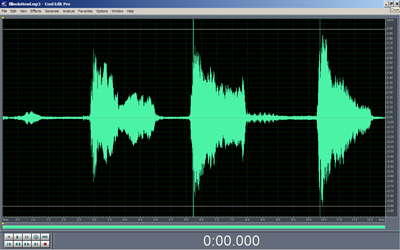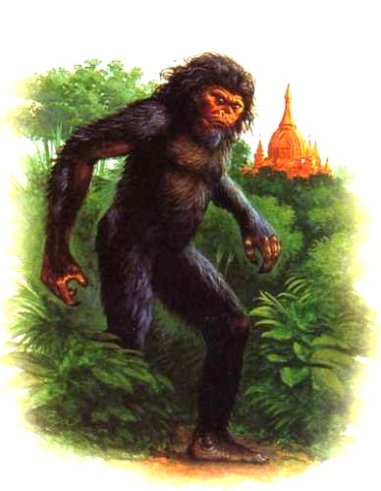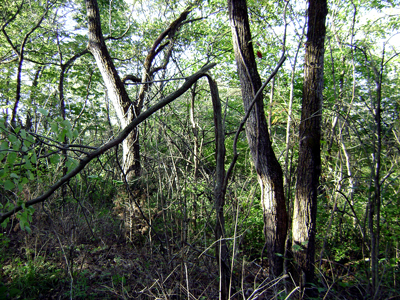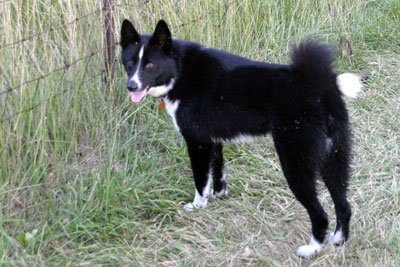Peeping "Uncle Harry"
It seems strange that an animal that supposedly is as shy and reclusive as the sasquatch would have gained the reputation for being a "peeping tom".
The Free Dictionary defines a peeping tom as a person who stealthily peeks into windows.
There are numerous reports of sasquatches either observing people or looking in windows at people.
BFRO: Youngster frightened by "monster" peeping in window
BFRO: Daytime sighting by swimmers in Wolf Creek area
I have a contact who as a child would frequently see “red eyes” outside her bedroom window at night. This went on intermittently for seven or eight years. I spoke with her mother, now in her seventies. The mother related how her child was punished for making up stories and not wanting to sleep in that particular bedroom. It all changed one night when the mother, while checking on her daughter, also saw the “red eyes”. The family was never for sure who their peeping tom was.
An older story is found in:
Bigfoot Of the Blues by Vance Orchard (C) 1993 Walla Walla, WA p.81
That concerned the story of Jim Ralph, retired Forest Service employee. In 1942 he was assigned to lookout duty at Hoodoo Lookout on the Walla Walla Ranger district. [This is 7 miles west of Troy, Oregon]. After spending the daylight hours in the lookout tower, Ralph would come down to spend the night in a log cabin at the base. One night after retiring he had the sensation someone was looking in his window. Checking outside he could see nobody so went back to bed.
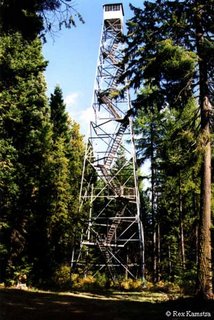
The next morning there was a set of hugh footprints, toes pointing toward his window, when he arose! Ralph recalls he followed the tracks leading away from the cabin for several miles but had to return to duty in the tower. He says he covered the two tracks at the window with a washtub until his boss came up from headquarters. "He asked me what I was going to do about them," Ralph said. "I told him he was the boss and it was up to him. That's the last I ever hear of it, though." unquote

My parents and my oldest brother (who was three years old son at the time) spent the summer of 1941 at this lookout tower in Wallowa County, Oregon. I wonder what my mother would have said if she had seen those giant footprints outside her window. Maybe she wouldn't have been so skeptical.
My only conclusion is that these animals have an extreme curiosity about us and feel secure being hidden either by the darkness or the bushes.
*photos courtesy of Rex Hamstra
The Free Dictionary defines a peeping tom as a person who stealthily peeks into windows.
There are numerous reports of sasquatches either observing people or looking in windows at people.
BFRO: Youngster frightened by "monster" peeping in window
BFRO: Daytime sighting by swimmers in Wolf Creek area
I have a contact who as a child would frequently see “red eyes” outside her bedroom window at night. This went on intermittently for seven or eight years. I spoke with her mother, now in her seventies. The mother related how her child was punished for making up stories and not wanting to sleep in that particular bedroom. It all changed one night when the mother, while checking on her daughter, also saw the “red eyes”. The family was never for sure who their peeping tom was.
An older story is found in:
Bigfoot Of the Blues by Vance Orchard (C) 1993 Walla Walla, WA p.81
That concerned the story of Jim Ralph, retired Forest Service employee. In 1942 he was assigned to lookout duty at Hoodoo Lookout on the Walla Walla Ranger district. [This is 7 miles west of Troy, Oregon]. After spending the daylight hours in the lookout tower, Ralph would come down to spend the night in a log cabin at the base. One night after retiring he had the sensation someone was looking in his window. Checking outside he could see nobody so went back to bed.

The next morning there was a set of hugh footprints, toes pointing toward his window, when he arose! Ralph recalls he followed the tracks leading away from the cabin for several miles but had to return to duty in the tower. He says he covered the two tracks at the window with a washtub until his boss came up from headquarters. "He asked me what I was going to do about them," Ralph said. "I told him he was the boss and it was up to him. That's the last I ever hear of it, though." unquote

My parents and my oldest brother (who was three years old son at the time) spent the summer of 1941 at this lookout tower in Wallowa County, Oregon. I wonder what my mother would have said if she had seen those giant footprints outside her window. Maybe she wouldn't have been so skeptical.
My only conclusion is that these animals have an extreme curiosity about us and feel secure being hidden either by the darkness or the bushes.
*photos courtesy of Rex Hamstra

